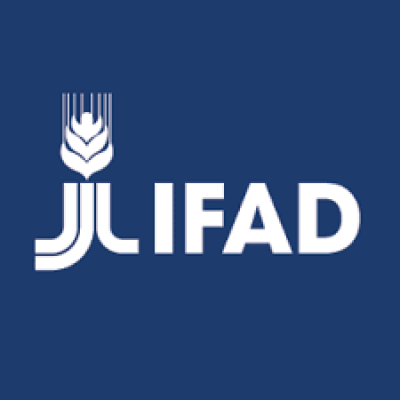Share
Print

Sierra Leone’s economy has proved relatively resilient in the face of two major external shocks: the Ebola epidemic of 2014, and a fall in the price of iron ore, a major export. After slumping sharply economic growth has resumed, supported by investments in mining, agriculture and fisheries.
Until the outbreak of Ebola in May 2014, Sierra Leone, a country of 7 million people on the West African seaboard, had one of the highest economic growth rates in the world. After emerging from an 11-year civil war in 2002, the country was rebuilding its governance and economy with the help of international donors.
The Strategy
IFAD is the largest and most active donor in Sierra Leone's agricultural sector.
IFAD supported the government in its fight against the Ebola outbreak and during the aftermath. Now that the epidemic is over, IFAD continues to contribute to the country’s recovery, particularly to establish food security, which is vital to health.
Key activities include:
supporting agriculture, by– improving smallholder farmers’ access to irrigation, technical skills and markets;
supporting rural finance, thereby providing poor rural people with access to reliable and sustainable financial services for savings, credit, transfers and remittances; and
supporting local development, by increasing participation by poor rural people in the management of local decentralized institutions.
